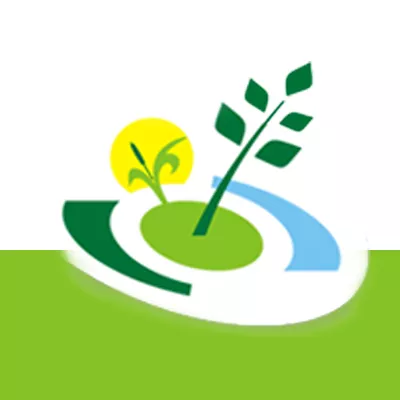General information
RDP Priority
- P6. Social inclusion and local development
RDP Focus Area
- 6B: Local development
RDP Measure
- M19: LEADER/CLLD
Summary
CAP’s LEADER funds were used to create educational material and tools with a strong regional focus. They aimed to help children and young people to learn about the cultural, gastronomic, social, environmental, and built heritage of their region. A local encyclopaedia and a special teaching method were developed, complemented by a humorous comic and a set of games. Following this, a series of workshops, a contest, and a holiday camp were developed in connection with the book, which also provides useful content for tourists.
Results
The national curriculum-aligned educational resources created within the framework of this project include a 200-page local encyclopaedia (with folk songs, local phrases and sayings, nature, recipes, folk games, art, photos, etc.); a humorous comic; and three different board games.
The materials are available at the region’s libraries, as well as being available to download via the LAG’s website. 2 500 copies have been distributed to local schools, 15 of which (out of the 23 schools in the 35 settlements of the region) have introduced it into their ongoing pedagogical programme.

Promoter
Szigetköz – Mosoni-sík LEADER Egyesület
Funding
Total budget - 40 352.62 (EUR)
RDP contribution - 36 317.36 (EUR)
Private - 4 035.26 (EUR)
Ressources
Documents
Strengthening local identity in the Szigetköz – Mosoni-sík LEADER region
(PDF – 2.12 Mo)
Liens
Context
This LEADER cooperation project affects all of the 35 villages covered by the Szigetköz-Mosoni-sík Local Action Group (LAG) in Northwest Hungary. The area has a strong economic potential due to its close proximity to Vienna, Bratislava and Budapest. Many residents commute to well-paid jobs in those major urban areas and, as a result, the local standard of living is higher than the national average. At the same time these commuters can engage little in local rural life and it can be a challenge to integrate both them and the younger generation into the community. Young people especially are not creating meaningful connections to their homeland and, on graduating from university as trained professionals, they tend to have limited interest in rural life.
Through the experience they have gained running activities in the area, the LAG staff have often found that children and young people do not know enough about their local area. They are often unable to think of any important facts or sites of interest from their neighbourhood, despite being curious about the world around them.
Objectives
The aim of this project was to create an educational offer that would raise awareness about the history, values, and traditions of the area and strengthen the sense of local identity among young people.
Activities
The LAG brought together teachers, cultural centre leaders, museologists, and professionals from the fields of tourism and rural development. They also communicated the project to local government leaders.
A series of workshops were arranged to develop the project concept and working methodology. Dividing the 35 villages into seven micro areas - with a manager appointed for each one – the regions each selected a theme that was most relevant to their needs, and then set about developing their plans. The LAG, meanwhile, ran a feasibility study in order to determine how the pedagogical programmes developed by the project could be aligned with the Hungarian national curriculum.
The LAG established a cooperation agreement with local schools and organised teacher training events to support in-school delivery of the material.
After half a year of having had the material integrated into their classroom learning, the children were invited to participate in a competition organised by the LAG.
Two writer-editors and a graphic designer were commissioned to compile a publication about the project.
Main results
The national curriculum-aligned educational resources created within the framework of this project include a 200-page local encyclopaedia (with folk songs, local phrases and sayings, nature, recipes, folk games, art, photos, etc.); a humorous comic; and three different board games.
The materials are available at the region’s libraries, as well as being available to download via the LAG’s website. 2 500 copies have been distributed to local schools, 15 of which (out of the 23 schools in the 35 settlements of the region) have introduced it into their ongoing pedagogical programme.
The method was adapted to another region, so schools operating in the Pannontáj - Sokoró Nature Park area could also access the curriculum developed by the Pannontáj - Sokoró Nature Park Association.
Key lessons
Strengthening a sense of local identity among younger generations can help increase their interest in their local communities, thereby building social capital, and helping reduce risks of depopulation.
Schools and their education curricula can provide valuable channels for implementing rural development initiatives.
Networking was an integral component of the success of the project. Firstly, networking took place among the schools and especially with the teachers who contributed to the project. It provided them with opportunities for knowledge transfer and relationship building. Secondly, during the workshops and project days, local food and craft producers came together to share ideas and develop a common vision about the region.
